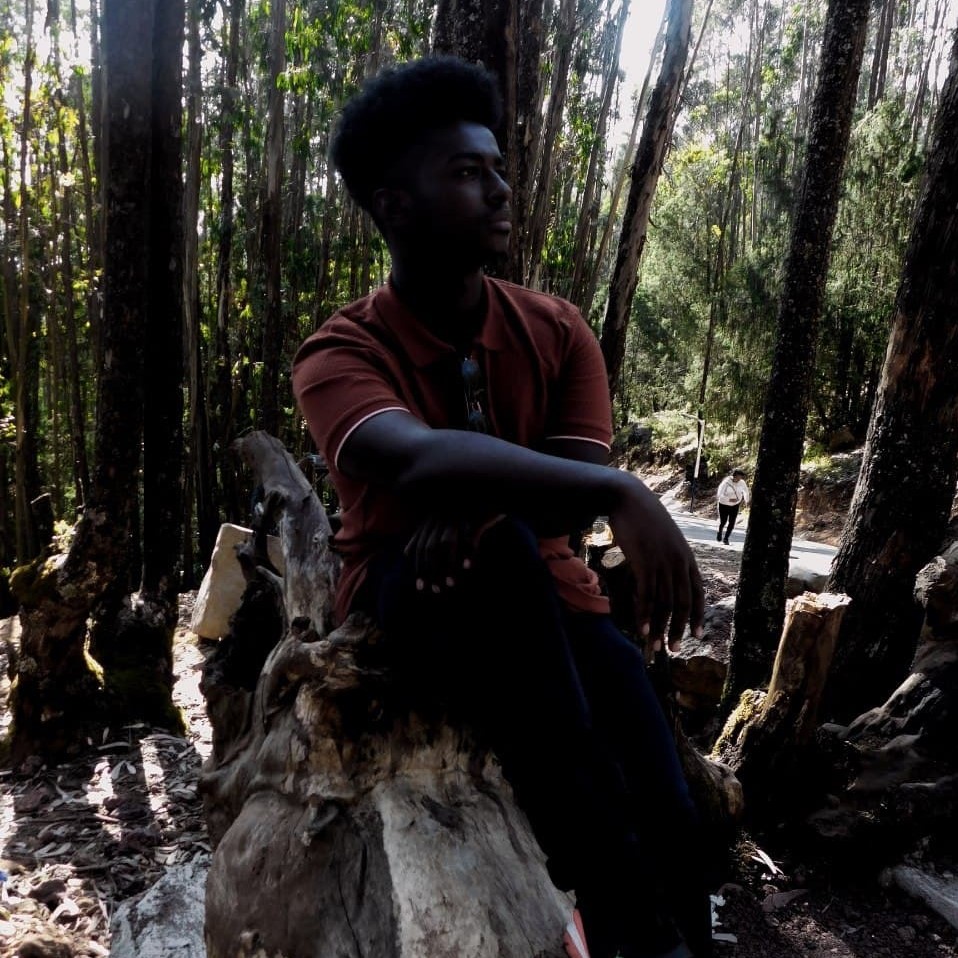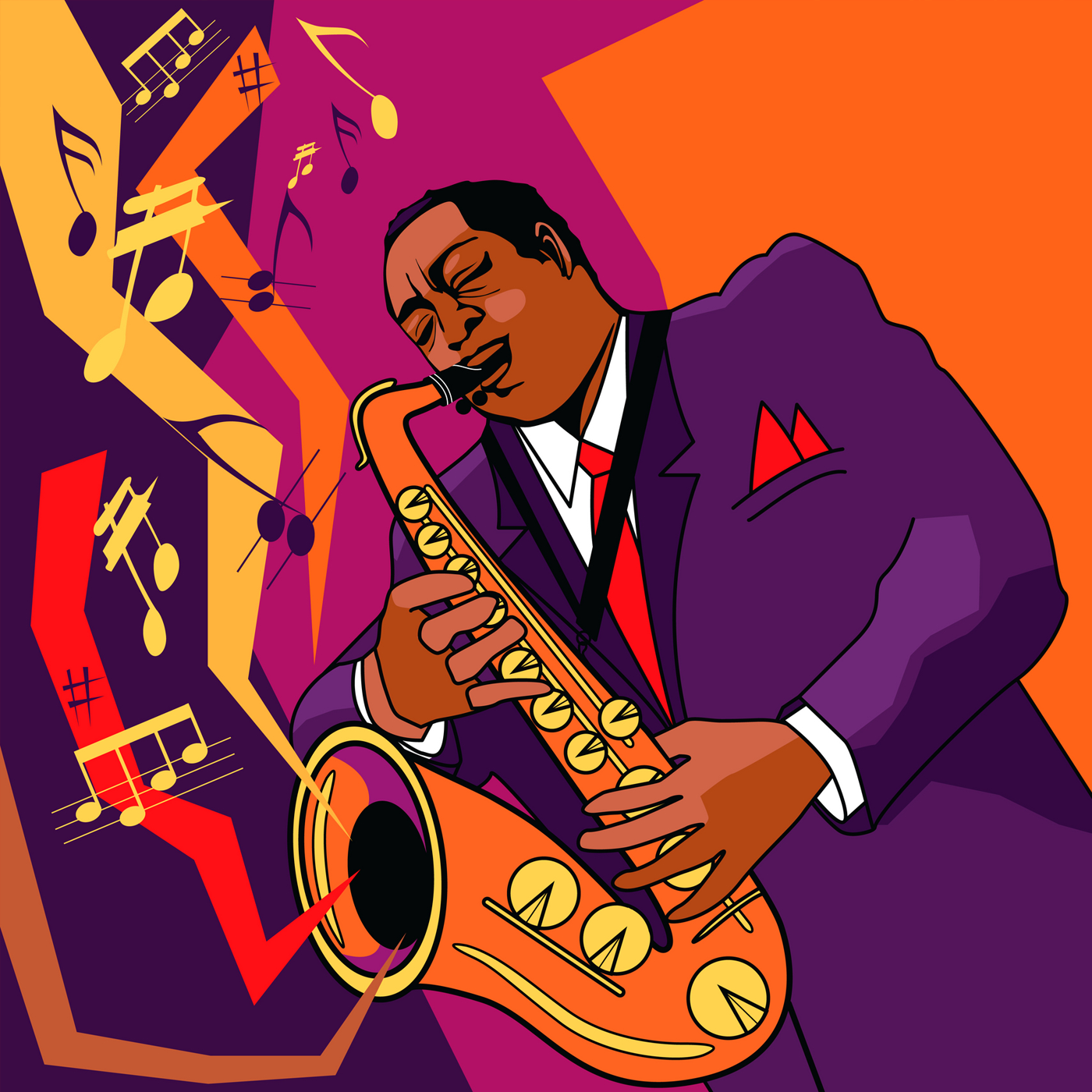Jazz is a broad style of music, characterized by complex harmonies, syncopated rhythms and a heavy emphasis on improvisation. Honestly, any attempt to arrive at a conclusive, all-encompassing definition of Jazz is probably useless. From it’s beginning at the turn of the 20th century by African American musicians in New Orleans, Jazz has been a perpetually growing and evolving genre, passing through several distinctive phases of development. A definition or description that might apply to the genre at one phase, probably becomes inappropriate when it is applied to another phase in its history.
Jazz has never really been an entirely composed, nor entirely improvised type of music. Despite that though, jazz seems to be instantly recognizable and generally distinguished as an entirely different musical expression. On top of that, there often have been perceptual differences between composers, performers, arrangers and audiences of jazz. But one thing that is clear, and makes it different from other traditional areas, is that a jazz performer is interpreting his own music, while a performer of another style such as classical music, is interpreting the works of someone else.
Louis Armstrong (1909-1971), one of the most well-known pioneers of Jazz
Dating back to 1860, there had been an African-American slang term, ‘jasm’, which means ‘vim’ or ‘energy’. On 14th of November, 1916, the New Orleans Times-Picayune newspaper referred for the first time to ‘jas bands’. This spelling suggests that ‘jas’ could have come from jasm. Or it might also have referred to the jasmine perfume that prostitutes in New Orleans’ famed Storyville red light district often wore, since jazz music had partly developed as it was played in brothels. One the earliest pioneers of jazz, Jelly Roll Morton, first developed his own style playing piano for prostitutes and their clients.
- Ferdinand Joseph LaMothe “Jelly Roll Morton” (1890-1941), American jazz composer and pianist who pioneered the use of prearranged, semi orchestrated effects in jazz-band performances.*
The prehistory of jazz actually began around the early to mid-1880’s, when slave dances took place in an Open Area then known as Congo Square, in New Orleans. Scattered accounts provide details that showed musical instruments similar to those in West Africa, along with the dance itself, that harkens back to one of the most pervasive ritual ceremonies.In the Americas, the dance became known as the ring shout, and its appearance in New Orleans is only one of many documented instances.This tradition persisted well into the twentieth century: John and Alan Lomax recorded a ring shout in Louisiana for the Library of Congress in 1934 and attended others in Texas, Georgia, and the Bahamas.
Jazz eventually evolved as a distinct musical style as a host of diverse vernacular elements came together at different times and in different regions. These included the field hollers of the cotton plantations, the work songs on railroads and rivers, hymns and spirituals, music for brass bands, funeral processions of parades, dance music, the banjo performing traditions, and of course, blues and the ragtime. Blues began to flourish in the late 19th century by itinerant singers, guitarists and pianists and ragtime becoming America’s popular entertainment and dance music. By approximately 1915 New Orleans had produced a host of remarkable musicians, mostly cornet and clarinet players, such as the legendary Buddy Bolden (legendary in part because he never recorded), Buddy Petit, Keppard, Johnson, and Beche.
The music that eventually became jazz evolved out of a gradually assimilated mixture of Black and white folk music and popular styles, with roots in both West Africa and Europe. It grew from the African American slaves who were prevented from maintaining their native musical traditions and felt the need to substitute some homegrown form of musical expression. They were relegated to picking up whatever little scraps of music were allowed to them.
Jazz has now grown from its humble beginnings on the streets of New Orleans, popularized by many great musicians such as the aforementioned Jelly Roll Morton and Louis Armstrong, to one of the most well-known musical styles, expanding to all corners of the world and embraced by different cultures to create more unique and amazing music. It is considered arguably the best contribution of the black community to world music, and is still one of the biggest defining traits of African-american culture.

